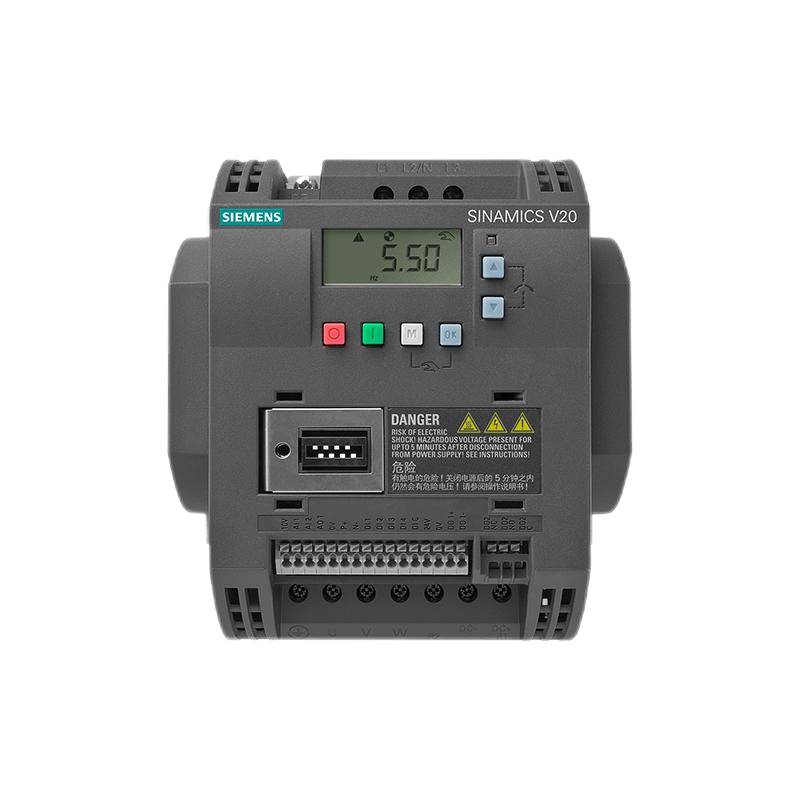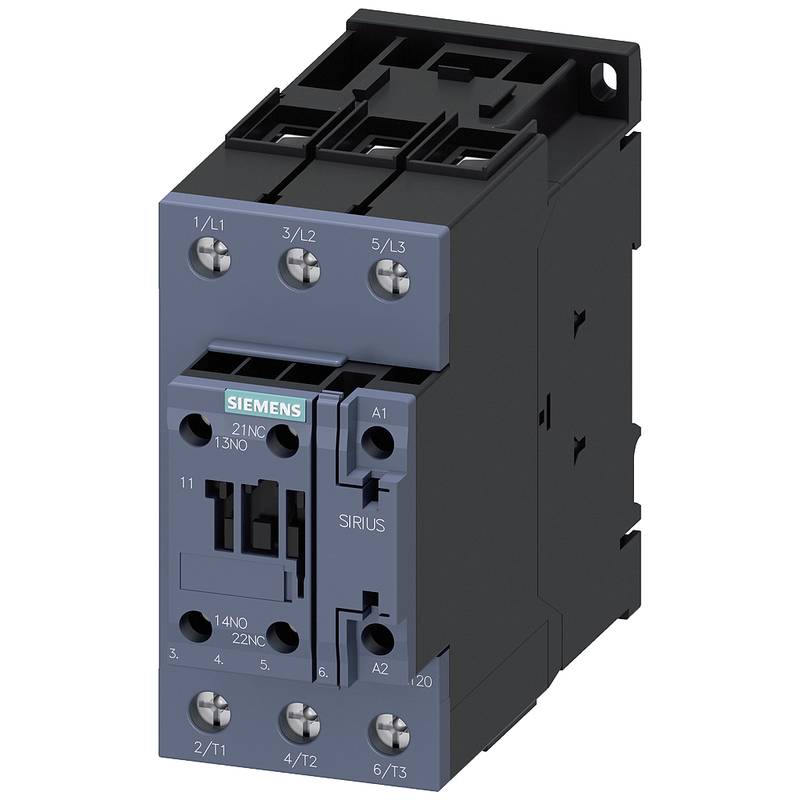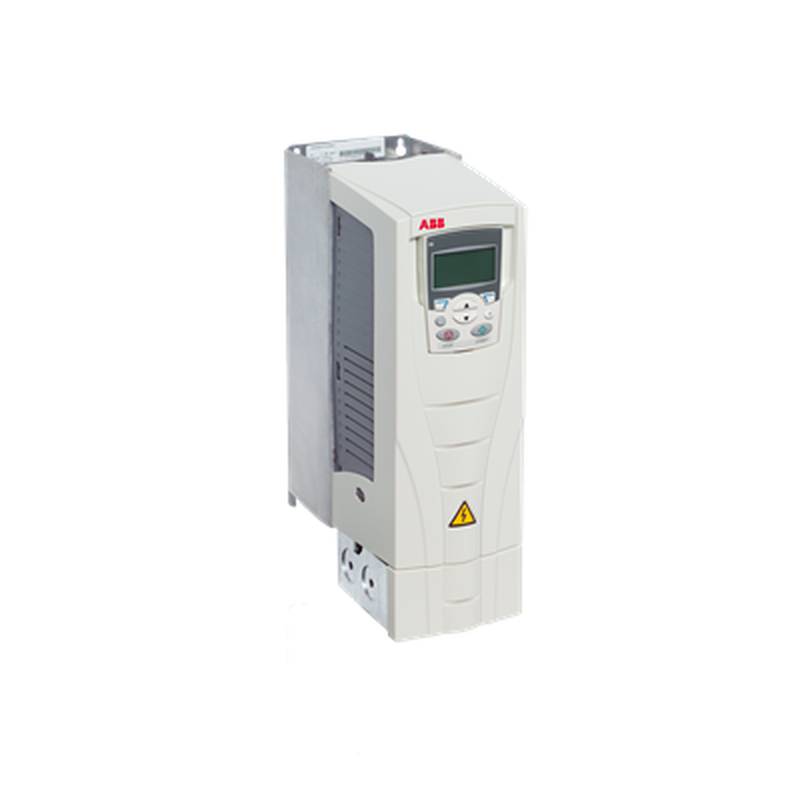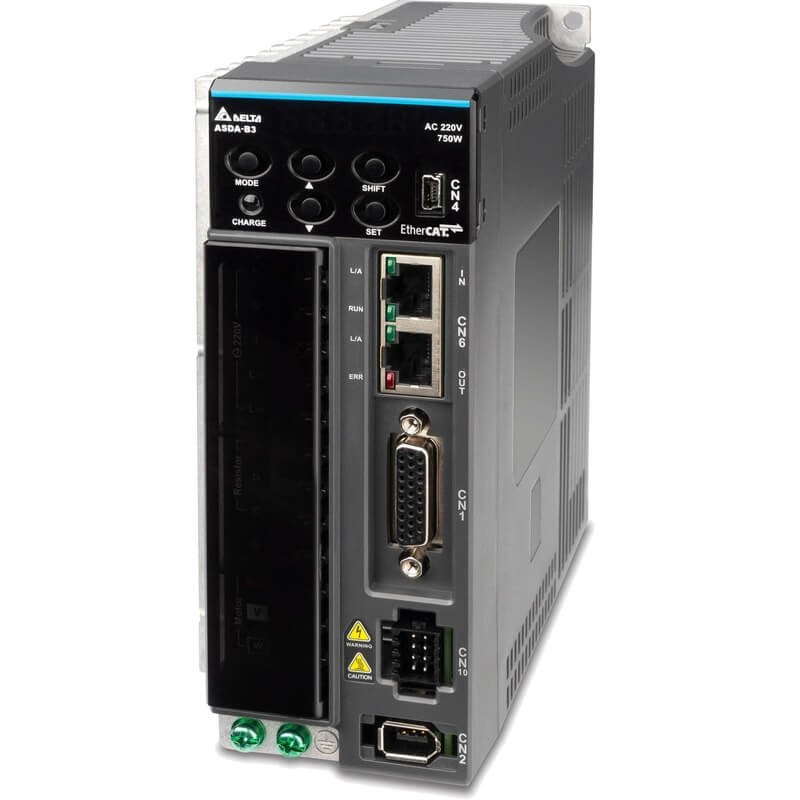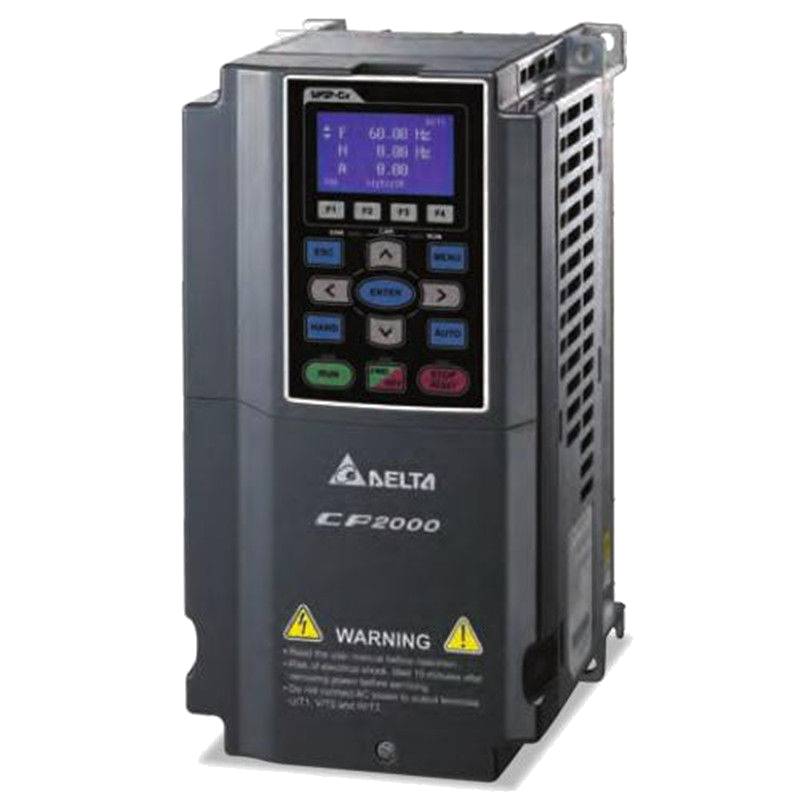
The Siemens 5SN6440-7CN is a robust 4-pole, 40-ampere motor protection Miniature Circuit Breaker (MCB) engineered for demanding industrial environments. This device offers superior overload and short-circuit protection, ensuring the longevity and reliable operation of electric motors. Its core advantages lie in its high breaking capacity, precise tripping characteristics tailored for motor loads, and durable construction designed for frequent switching and challenging conditions. Key technical parameters include a rated current of 40A, a 4-pole configuration for comprehensive circuit isolation, and a breaking capacity suitable for industrial fault levels. The Siemens 5SN6440-7CN stands out for its advanced thermal-magnetic tripping mechanism, providing reliable protection against both sustained overloads and instantaneous short circuits, thereby minimizing downtime and preventing costly equipment damage.
Product Specifications
| Feature | Specification |
| :------------------ | :------------------------------------------ |
| Product Type | Motor Protection MCB |
| Manufacturer | Siemens |
| Model Number | 5SN6440-7CN |
| Number of Poles | 4P |
| Rated Current (Ie) | 40A |
| Tripping Curve | Typically Type D or specialized motor curve |
| Breaking Capacity | High (suitable for industrial applications) |
| Rated Voltage (Ue) | 400/415V AC |
| Frequency | 50/60 Hz |
| Protection Type | Overload and Short Circuit |
| Mounting | DIN Rail |
| Terminal Type | Screw terminals |
| Operating Temperature | -25°C to +55°C |
Core Features & Market Positioning
The Siemens 5SN6440-7CN positions itself as a premium solution for critical motor protection, differentiating through its robust design and Siemens' established reputation for quality and reliability in industrial automation. Its high breaking capacity ensures safety even in fault-intensive industrial networks, a critical factor for plant managers focused on operational continuity. The device's precise thermal-magnetic tripping mechanism is specifically calibrated to accommodate motor start-up currents without nuisance tripping while still offering rapid response to damaging short circuits. This intelligent protection strategy is a key competitive advantage, reducing unnecessary shutdowns and extending motor lifespan, which translates to significant cost savings over the equipment's lifecycle.
Key Application Scenarios
This heavy-duty motor protection MCB is indispensable in a wide array of industrial settings where electric motors drive essential machinery. It is ideally suited for protecting motors in pumps, fans, compressors, conveyors, and processing equipment across sectors like manufacturing, water treatment, mining, and HVAC systems. The 4-pole configuration ensures complete isolation of all phases, which is a critical safety requirement in many industrial applications and for motors operating on three-phase supplies. Its application is directly tied to user needs for safeguarding valuable assets, preventing production interruptions, and ensuring compliance with safety regulations for motor control circuits.
Practical System Integration Guidance
Integrating the Siemens 5SN6440-7CN into existing electrical systems is straightforward, leveraging standard DIN rail mounting for quick installation in control panels and switchboards. Wiring is facilitated by robust screw terminals, designed to securely accommodate appropriate conductor sizes for a 40A load. For optimal performance and safety, it is crucial to ensure that the incoming supply conductors are connected to the correct terminals, typically marked L1, L2, L3, and N for the 4-pole version, and that the outgoing motor conductors are similarly terminated. Proper torque application on terminal screws is essential to prevent loose connections, which can lead to overheating and potential failure.
Operation and Risk Mitigation
The Siemens 5SN6440-7CN operates by employing a bimetallic strip for overload detection and an electromagnetic coil for instantaneous short-circuit detection. Overloads cause the bimetallic strip to heat up and bend, eventually tripping the mechanism. Short circuits generate a strong magnetic field in the coil, which directly actuates the tripping mechanism. Risk mitigation is inherent in its design; it prevents catastrophic motor failure due to electrical faults. In the event of a trip, identifying the cause is paramount. Common issues include an overloaded motor, a failing bearing causing increased mechanical load, or a genuine short circuit. After addressing the root cause, the MCB can be reset by simply pushing the toggle switch back to the 'ON' position.
Scalability & Long-Term Value
The Siemens 5SN6440-7CN offers significant long-term value through its robust build quality and compatibility with Siemens' broader industrial control and automation ecosystem. While not a programmable device, its integration with upstream and downstream components within a motor control center (MCC) or a distributed control system (DCS) is seamless. Its reliability minimizes the need for frequent replacements, contributing to reduced maintenance costs. For enhanced monitoring and diagnostics in an Industry 4.0 environment, the 5SN6440-7CN can be paired with auxiliary contacts or shunt trip releases, enabling remote signaling of its status or remote tripping, thereby facilitating integration with digital platforms and IIoT solutions.
Frequently Asked Questions (FAQs)
1. What is the primary function of the Siemens 5SN6440-7CN MCB?
This device provides critical overload and short-circuit protection for electric motors. It safeguards motor windings from damage caused by excessive current.
Its accurate tripping characteristics prevent nuisance shutdowns during normal motor startups. The 4-pole design ensures full isolation of all phases.
This protection enhances operational reliability and reduces costly equipment downtime and repairs in industrial settings.
2. Can the 5SN6440-7CN be used for general circuit protection?
While it offers standard overcurrent protection, its design is optimized for motor load characteristics. Specific motor protection curves ensure it doesn't trip unnecessarily during startup.
For general lighting or resistive loads, a standard MCB with appropriate tripping curve (e.g., B or C) might be more suitable. However, it will function to protect against faults.
Using it for motor protection ensures optimal performance and longevity of the motor and associated control gear.
3. What does "4P" signify in the Siemens 5SN6440-7CN product name?
"4P" stands for four poles, indicating that the circuit breaker is designed for use with a three-phase power supply and includes a neutral pole. It provides switching and protection for all three live conductors and the neutral conductor.
This 4-pole configuration is essential for applications requiring complete isolation of the motor circuit, including the neutral, which is a safety standard in many industrial environments. It also ensures that if the neutral conductor is carrying current, it is also disconnected.
By switching all active conductors, including the neutral, the 4P design offers enhanced safety and prevents potential circulating currents or imbalances when the circuit is de-energized.
4. How do I select the correct tripping curve for my motor application with this MCB?
The 5SN6440-7CN typically features a tripping curve optimized for motor protection, often a Type D or a specialized motor curve. These curves allow for higher inrush currents during motor startup without tripping.
Consult your motor's nameplate for its full-load current (FLC) and starting current requirements. The MCB's rated current (40A) and tripping characteristics must accommodate these parameters.
Siemens technical documentation provides detailed guidance on matching MCB tripping curves to specific motor sizes and starting methods for optimal protection.
5. What is the breaking capacity of the Siemens 5SN6440-7CN?
The breaking capacity (kA) indicates the maximum fault current the MCB can interrupt safely without damage. For the 5SN6440-7CN, this value is typically designed for industrial fault levels.
Refer to the product's detailed datasheet for the exact breaking capacity rating (e.g., 25kA, 36kA). This value is critical for ensuring the MCB can handle potential short circuits in your specific electrical installation.
Ensuring the breaking capacity exceeds the prospective fault current at the installation point is a fundamental safety requirement for circuit protection devices.
6. How is the 5SN6440-7CN installed in an electrical panel?
Installation is typically performed by mounting the MCB onto a standard 35mm DIN rail within an electrical enclosure or control panel. Ensure the DIN rail is securely fastened.
The device features robust screw terminals for connecting incoming power and outgoing load conductors. Proper conductor sizing and secure, torqued connections are essential for reliable operation and safety.
Always ensure the power supply is de-energized before commencing any installation or wiring work. Follow all local electrical codes and safety procedures.
7. What is the difference between overload and short-circuit protection on this MCB?
Overload protection is handled by a thermal mechanism, typically a bimetallic strip, which responds to sustained low-level overcurrents over time, preventing motor overheating. Short-circuit protection is instantaneous, using an electromagnetic coil to react to very high fault currents.
The thermal element allows for the temporary high current drawn during motor startup without tripping, but will trip if the overload persists, protecting the motor from thermal damage. The magnetic element provides rapid disconnection during severe faults.
Together, these mechanisms provide comprehensive protection against a wide range of fault conditions that could damage the motor or associated wiring.
8. Can auxiliary contacts be added to the Siemens 5SN6440-7CN for remote signaling?
Yes, many Siemens motor protection MCBs, including models like the 5SN6 series, support the addition of auxiliary contacts. These contacts can be mounted on the side of the MCB.
Auxiliary contacts typically provide status indication (e.g., tripped, on, off) and can be wired to control systems, PLCs, or alarm panels for remote monitoring and diagnostics. Shunt trip releases can also be added for remote tripping.
This capability is crucial for integrating the MCB into modern, automated systems and enabling features like remote troubleshooting and status reporting.
9. What are the typical operating temperature limits for this MCB?
The Siemens 5SN6440-7CN is generally designed to operate within a standard industrial ambient temperature range, commonly between -25°C and +55°C. However, always verify the specific datasheet for precise limits.
Operating the MCB outside its specified temperature range can affect its performance, particularly the tripping characteristics of the thermal element. Extreme cold can make it trip more easily, while extreme heat can delay tripping.
Proper ventilation within the enclosure is important to maintain the MCB within its operational temperature limits and ensure reliable protection.
10. How do I reset the Siemens 5SN6440-7CN after it trips?
After a trip, identify and rectify the cause of the fault (e.g., overload, short circuit, mechanical issue). Once the fault is cleared, the MCB can be reset by simply pushing the toggle switch firmly back to the "ON" position.
Ensure that the fault condition has been completely resolved before attempting to reset the breaker. Repeatedly tripping and resetting without addressing the underlying issue can be dangerous.
If the breaker trips immediately upon resetting, or trips frequently, it indicates a persistent fault condition requiring professional diagnosis and repair.


















